3 Tips For Fly Fishing Kung Fu

WE ALL KNOW THE CHINESE PHRASE KUNG FU, BUT FEW OF US KNOW IT’S TRANSLATION. KUNG = ENERGY AND FU = TIME. TO PUT ENERGY INTO ANYTHING OVER TIME IS TO DEVELOP KUNG FU.
I love to teach fly fishing. I do it every chance I get and I see folks wrestle time and again with the same three issues. I can remember being there myself and it sucks! Three things that seem so simple to me now just about cost me my sanity. I’d like to spare you that. If you are new to fly fishing for trout following these three suggestions will not only put you on more fish, but it will accelerate your learning curve dramatically.
Here are the three things that come between every new angler and the fish they want to catch.
PRACTICE YOUR CASTING
The first, most basic skill an angler needs is the ability to put the fly in front of the fish. This means, not only distance but accuracy as well. There have been a truck load of books written about fly casting and there will be a truck load more but there is nothing in any of them that can replace time spent with the rod in hand. That really is the trick. Time plus energy. Set aside a time, just ten or fifteen minutes a day, for the next year and spend that time casting in the yard. Every day! In a year you will cast like a Grand Master.
The Bimini Twist
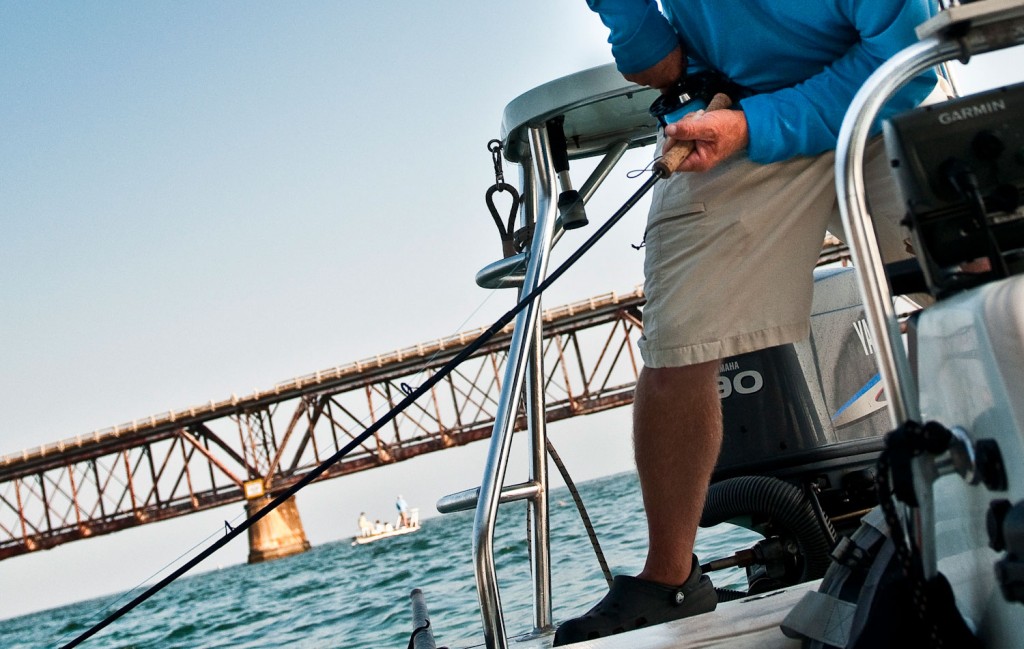
The Bimini Twist may be the the most mysterious knot in fly fishing.
I love the look you get when you tie one. It’s as though you pulled a rabbit out of your fishing hat. In reality, the Bimini Twist is not a difficult knot. Once you understand it it’s very easy to tie and it can not be beat for strength. It is the best method for attaching you backing to your fly line and a knot every angler should know how to tie. Here’s Capt. Joel Dickey to show you how easy it is.
WATCH THE VIDEO AND LEARN TO TIE THE BIMINI TWIST!
Read More »Let Your Guide Decide
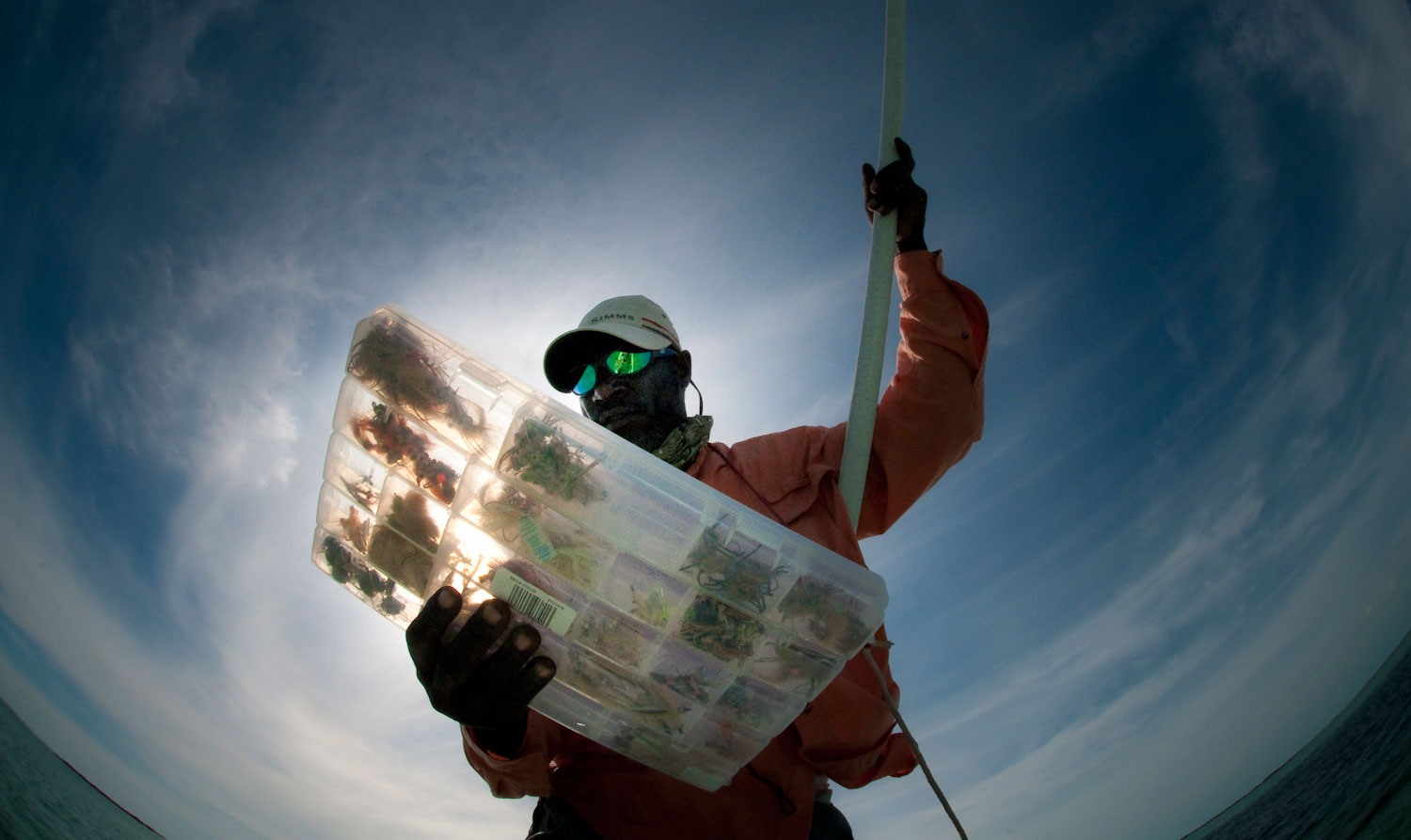
IT’S CRAZY TO ME BUT I SEE IT ALL THE TIME. GUYS WILL SPEND A FORTUNE TRAVELING TO SOME FAR FLUNG FISHING DESTINATION AND WHEN THEY GET OUT ON THE BOAT THEY’LL TIE ON THE FLY THE GUY IN THE SHOP AT HOME RECOMMENDED INSTEAD OF ASKING THEIR LOCAL GUIDE.
Guides behave differently in different locations. A Florida Keys guide would never let you tie on a fly from your box with out approving it first. He’d more likely just cut it off and tie on one of his own, but guides in other places can be a lot more low key. In the Bahamas for example the guides are very laid back and if a client ties on a fly, they will likely not question it. They of course have an opinion, an informed one at that, and if you ask for it you’ll get it.
I was on the boat one day with, Andros South guide, Jose Sands and an angler who will remain nameless. This fellow is a great fisherman and a guide at home. He had selected a fly from his box and when the time came made a perfect presentation to a huge bonefish
Read More »Saltwater Ready Position: Video
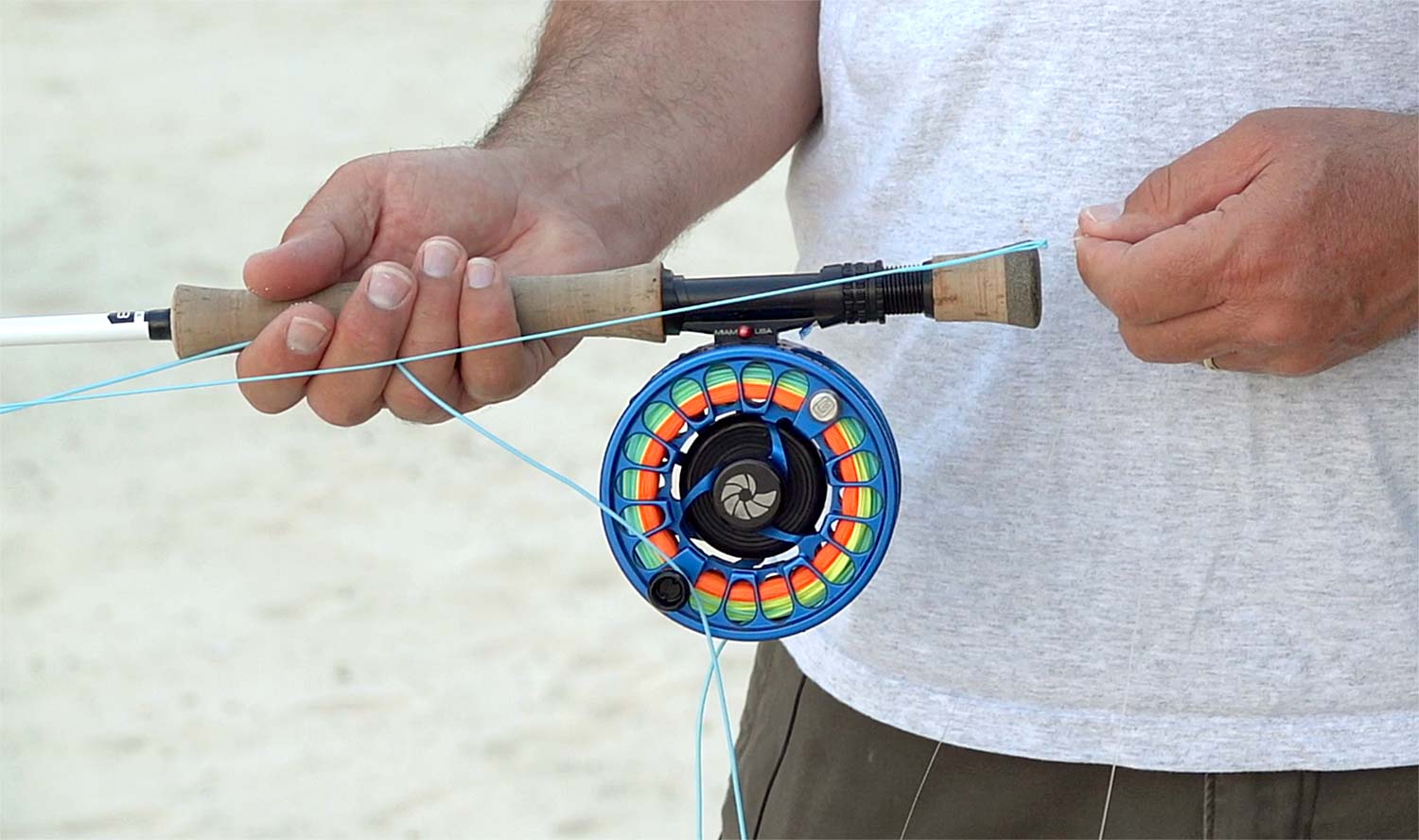
I believe the Ready Position is the most important thing in saltwater fly-fishing.
Saltwater fly fishing is all about the fundamentals. Successful anglers are the ones who get the simple stuff right, every time. The best way to maximize your opportunities, and catch more fish, is to have a solid Ready Position. I’ve tried lots of different styles and have come up with what I consider perfect. Spoiler alert: It’s not the way Lefty did it.
In this video I’ll show you the details that will help you get your shots off clean every time. No more tangled leaders or flies stuck in your shirt. Just efficient, effective fly fishing. Give it a try and I think you’ll like the results.
Watch the video and improve your saltwater Ready Position.
Read More »Clean Your Fly Line Anytime, Anywhere: Video
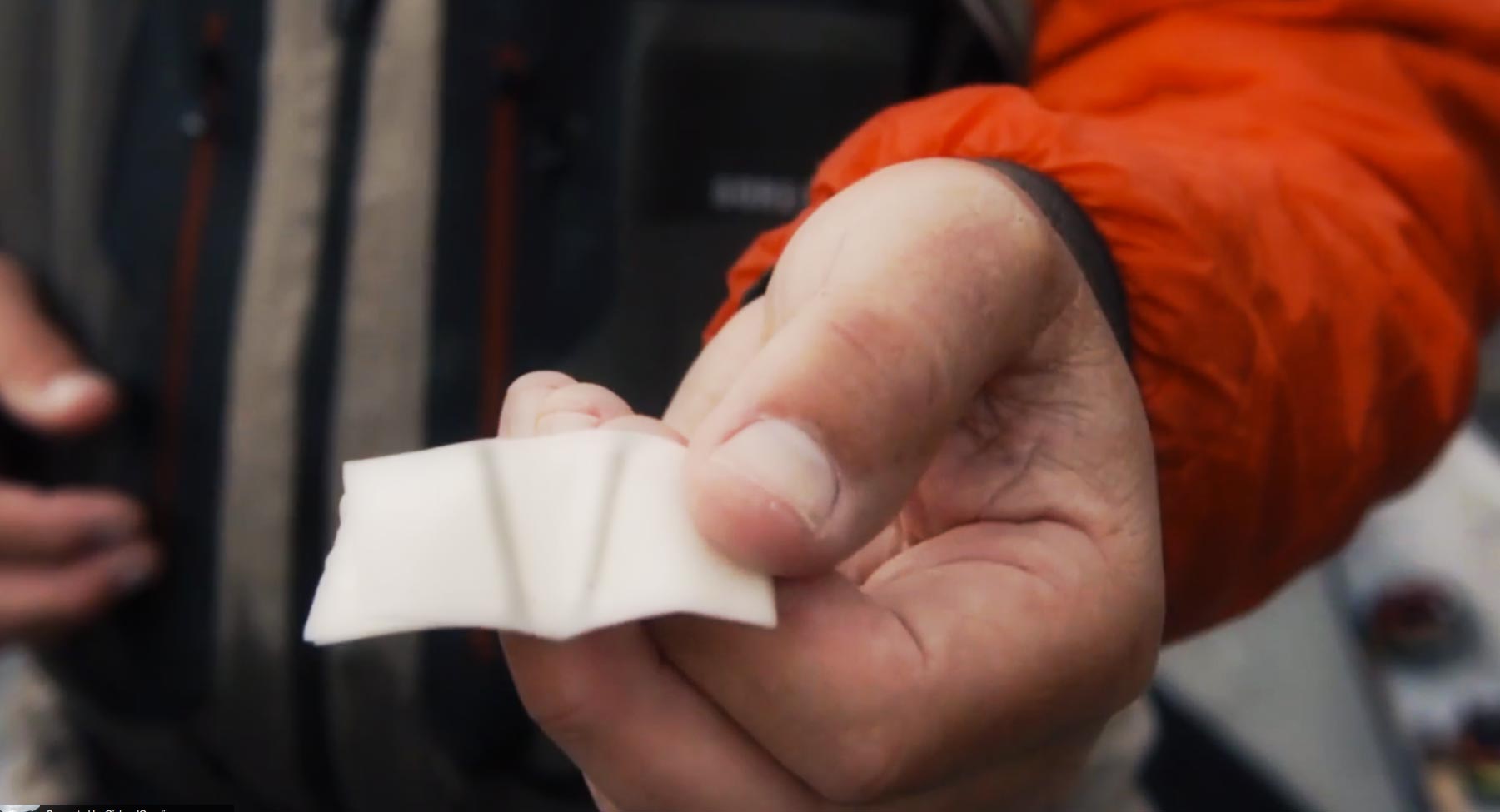
It pays to keep your fly line clean.
You can spend $90 on a fly line, these days. It just makes sense to take care of them and a big part of caring for a fly line is keeping it clean. Removing oils and chemicals, like sun screen and bug spray, will make your line last a whole lot longer. Keeping it free of dirt and river scum will make it float and cast better.
So why wouldn’t you clean your line every time you fish?
Because it’s a hassle or because you just forget. Well the good news is it’s actually really easy and convenient. I keep a hand full of moist towelettes, like you get at BBQ restaurants, in my fishing kit. I only takes a second to clean your fly line with one of these handy wipes. I buy them by the case but you can pick them up at the local BBQ joint if you like.
WATCH THE VIDEO AND SEE HO WEARY IT IS TO CLEAN A FLY LINE.
Read More »Making an Effective Short Presentation
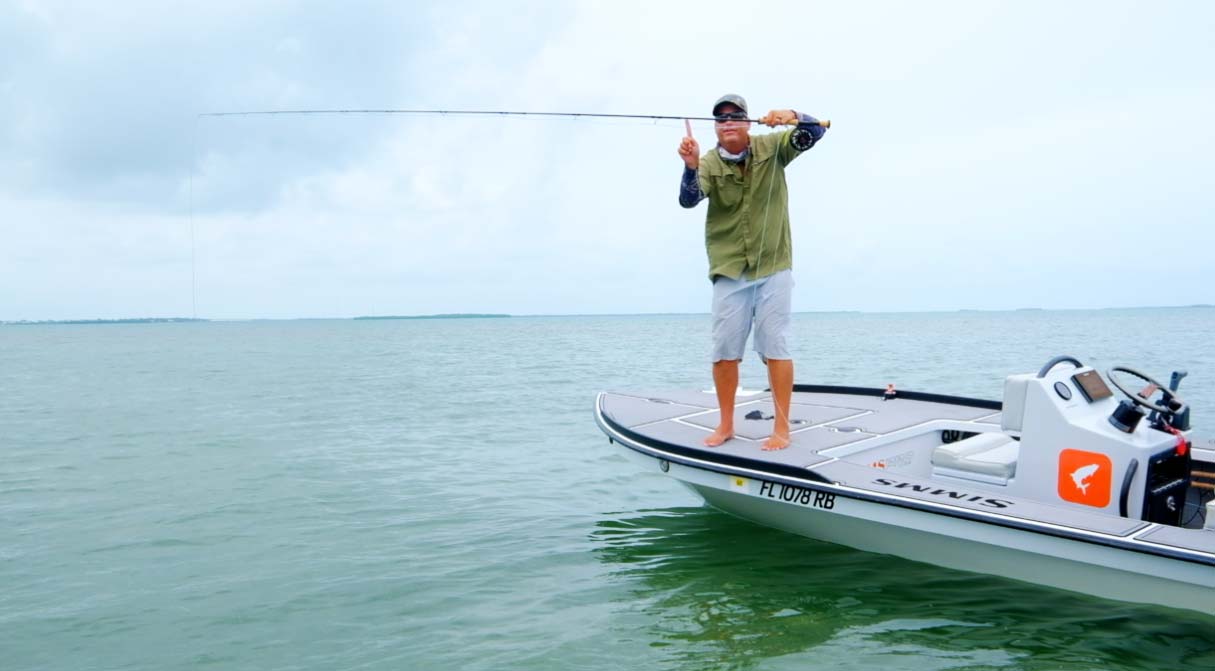
Most angler worry about casting distance, but an effective short cast is often the most challenging.
I once heard a captain say, “If you think casting a fly rod a hundred feet is hard, try casting one ten.” There is a lot of truth to that. I often see anglers struggle and fail with the short presentation. If you can learn to do it well, it will catch you a lot of fish.
This is never more true than when flats fishing. When disability is tough the action can get very close. Even big fish like tarpon can suddenly appear at your feet. The ability the make a short presentation, which is quick, accurate and free of slack can turn frustration into triumph.
I don’t know anyone who teaches this better than Bruce Chard. In this video Bruce goes over the fundamentals of making a tight loop and a perfect presentation with a short line. Put these tools in your bag and you’ll fish like a pro.
WATCH THE VIDEO AND LEARN TO MAKE A SHORT, ACCURATE, SLACK FREE PRESENTATION.
Read More »Your Odds Go Way Up When You See The Fish
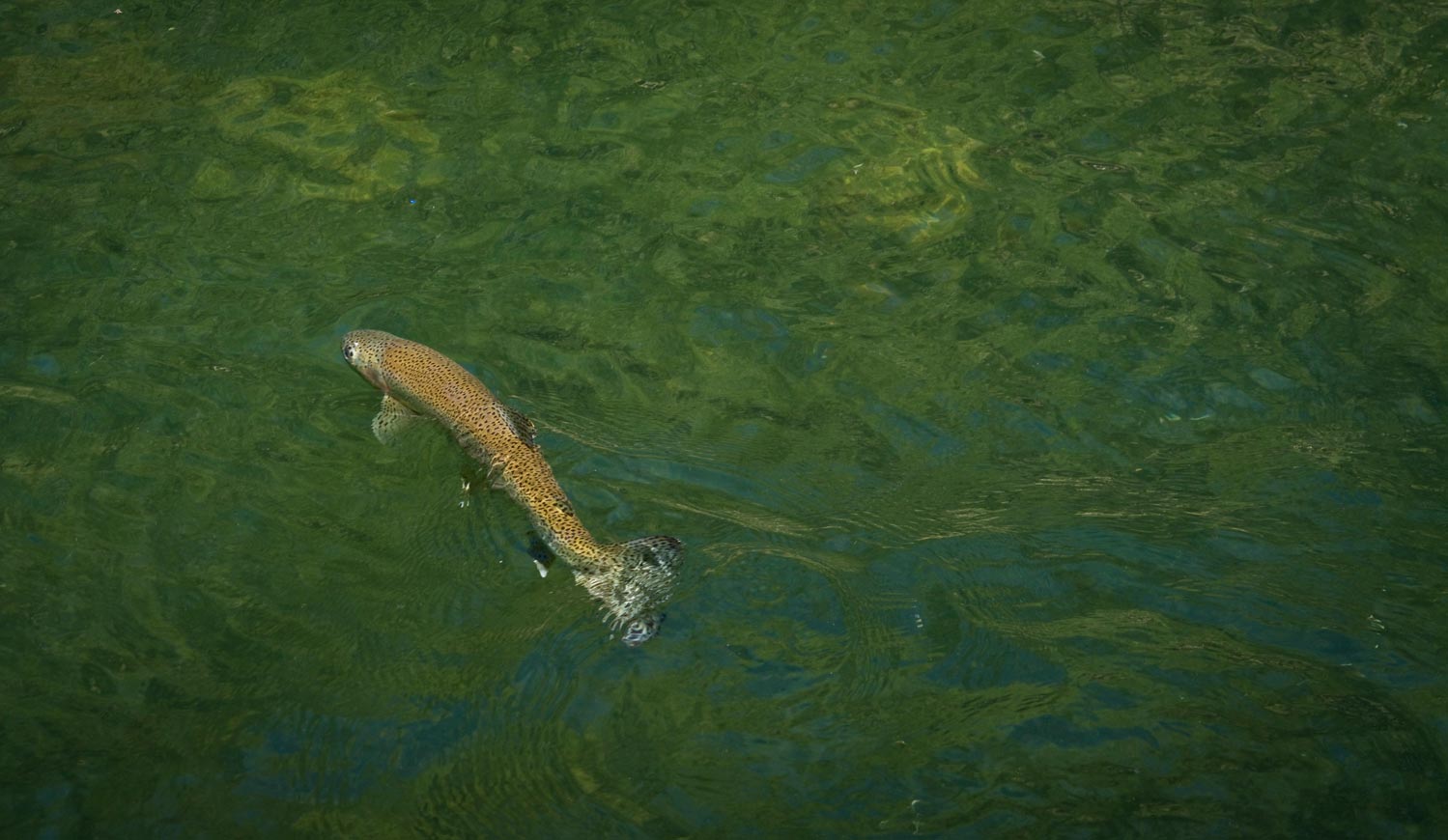
Seeing fish equals catching fish.
More than casting. More than fly selection. More than any other skill, one thing separates highly effective anglers. The ability to see fish.
I don’t care if it’s tarpon or trout, bonefish or bass, seeing the fish is the best first step to catching the fish. For some species it’s absolutely crucial. Seeing the fish allows you to plan your presentation, observe the fishes behavior and know with 100% certainty when it has eaten your fly. It’s the difference between winging it and applying real skill and technique. There is no substitute for this tactical advantage.
Far too many anglers start with the assumption they can not or will not see fish. And they don’t, either because they don’t have the confidence or because they don’t try. If you slow down, and take the time to look, you will find a world of possibilities opens up.
REASONS YOU SHOULD SPEND MORE TIME LOOKING FOR FISH
edit-7290-2-2•Spotting fish allows you to plan your presentation. Get in the right position, get your rid dialed in, figure out how far you need to lead the fish or how to get the best drift.
•Watching fish let’s you
Read More »Hopper Time: 6 Favorite Patterns
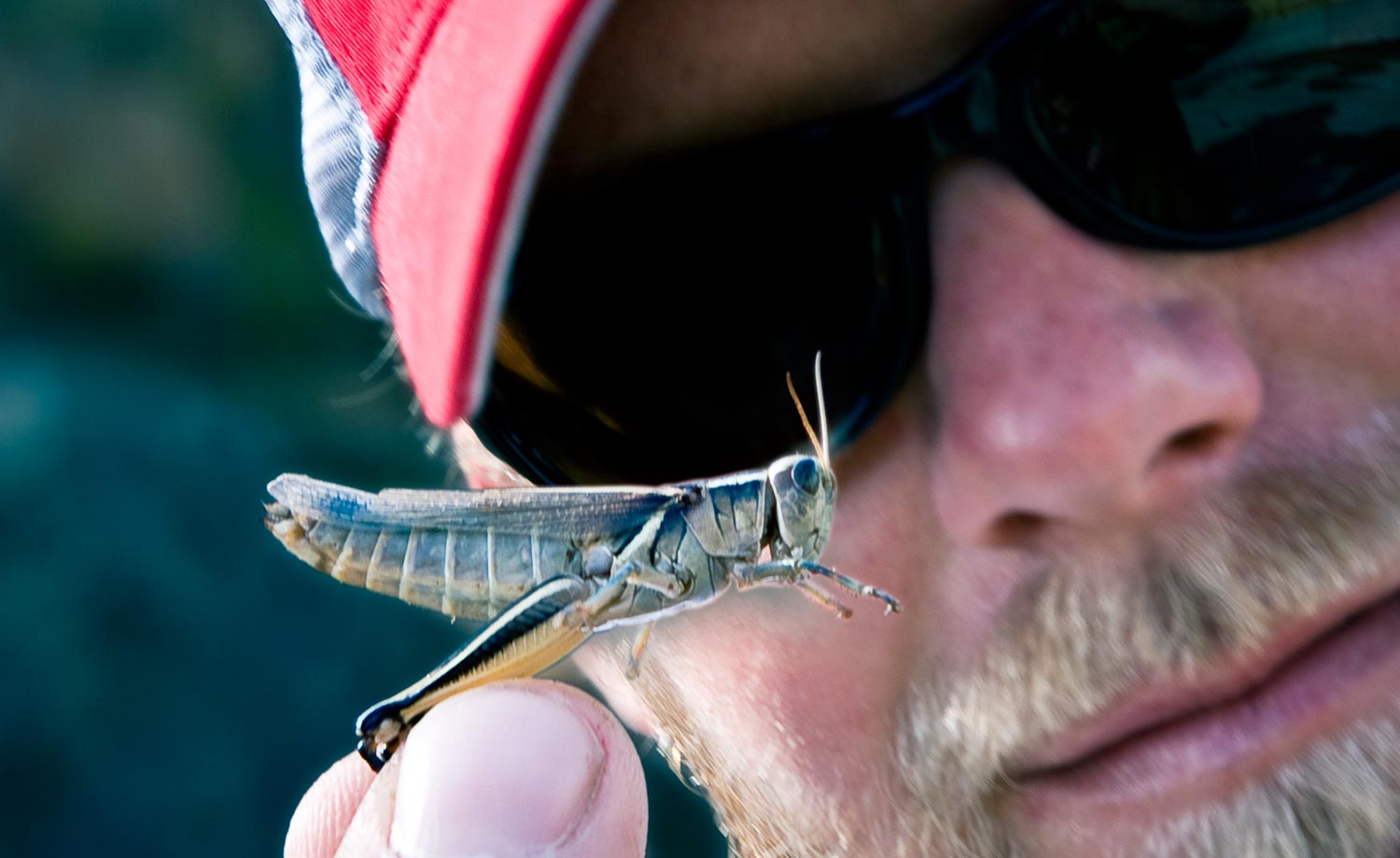
By Louis Cahill
What time is it boys and girls? Time to fish hoppers!
I don’t know if there is any kind of trout fishing more rewarding than fishing hoppers. Big bugs and big splashy takes under sunny summer skies. It doesn’t get much better than that. I’m headed west in a few days and it has me looking over my terrestrial box for the usual suspects. With that in mind, I thought I’d share what I’m thinking.
Here are my current 6 favorite grasshopper patterns
Dave’s Hopper
I’m going old school for my first choice. I’ve been fishing this fly for as long as I can remember and it works as well today as it ever did. No space-age polymers in this baby but it sure gets eaten.
Reeces Beefcake Hopper
Where’s the beef? Right here. This spindly bug rides low in the water like the real thing and is tough as nails. It needs to be, ‘cause it gets chewed on.
Parachute Hopper
Another classic, but I have caught so many fish on this fly I can’t see taking it out of the rotation. It’s an easy pattern to tie as well.
Hog Caller Hopper
If this doesn’t get their attention, nothing will. A bright foam pattern that
Read More »Carp Are Not Bonefish
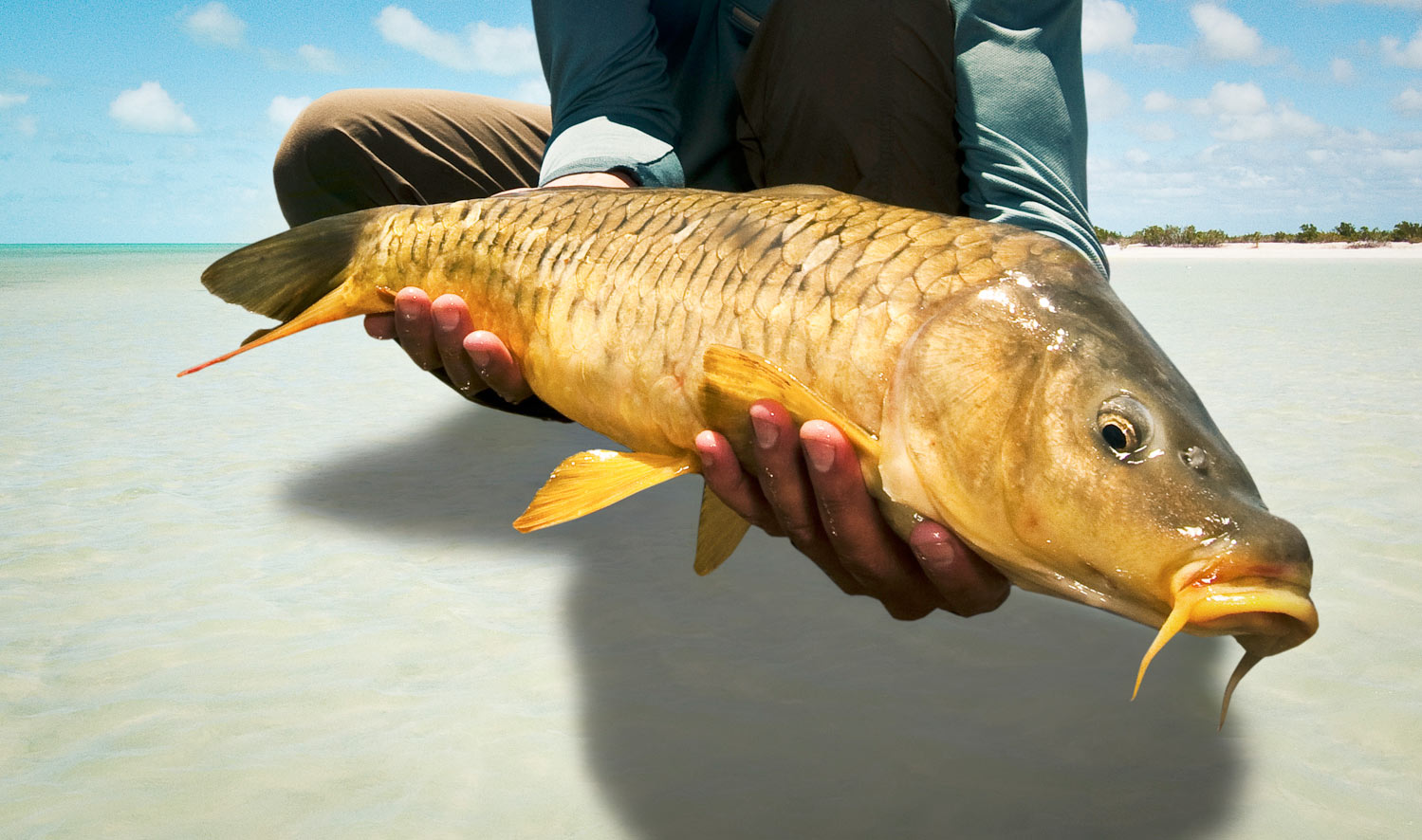
By Dan Frasier
Hardcore carp nuts are hard people to like.
We’re argumentative, sensitive about our fish, and contentious. We’ll assume you’re insulting the fish we love so much; taking offense to the most innocuous statements and won’t hesitate to demean whatever quarry you choose to pursue. I was once heard saying, “Trout are the pretentious man’s bluegill.” Things like that. For the record, I later apologized because I love trout and the dude I was yelling at didn’t deserve it either way. But this defensive nature begs the question, “How the hell did we get like this?”
The answer is pretty simple. We spent years fishing in the shadows. Lying about what we were chasing or being derided for chasing them. To this day, I catch shit nearly every time someone asks me what I’m fishing for. When we finally decided to come out of the closet, it was mostly to derision and smirks. We caught fish, posted pictures and spent a fair amount of time fighting off the hate that comes with fishing for something that people have been misinformed into believing destroys the water quality and reduces the populations of real fish. It was a rough time to be a carper.
About 10 years ago a man by the name of David McCool, in Traverse City Michigan, coined the term “Golden Bonefish”.
David was a marketer by trade and guide in his free time and he wanted to “rebrand” the carp. He decided the first order of business was associating carp flyfishing with something more palatable to, what can be, a snooty and exclusive audience. Don’t believe me? Tell a flyfishermen you put a worm on your hook and cast it with a flyrod and see how exclusive we can be. Anyway, David got some notoriety and the association with Bonefish stuck. In a lot of ways, it was the crack in the flyfishing world’s defenses that we needed to come barging in. And it worked.
David fished the crystal clear sand flats of Lake Michigan near Traverse City on Traverse Bay. Hell, he probably still fishes there. I’ve lost track of him. The point is, his fishing was wading knee deep flats over sand in bathtub clear water while looking for shoals of fish cruising and tailing on small baitfish. He was bonefishing… for carp. It just made sense. And you can still bonefish for carp. I’ve done it. You have to get a boarding pass to a select number of destinations at the right time of year to do it. But it’s available. So David wasn’t wrong. He simply didn’t understand the diversity of conditions under which we would eventually find ourselves flyfishing for carp.
To this day, the association with bonefishing persists. People discuss using carp as training for bonefish trips, or inevitably try to sell flyfishing for carp as bonefishing in freshwater. It’s such a flawed notion it doesn’t make all that much sense.
Flyfishing for carp is so ridiculously
Read More »3 Ways to Improve Your Fly Casting on the Flats

About ten years ago, I embarked on my first international saltwater fly fishing trip, with a couple Texas boys I’d previously met while chasing peacock bass in the Amazon. The saltwater trip took place down in Mexico, specifically the Ascension Bay area. Our primary target fish were bonefish but we kept a constant lookout for permit and tarpon. The two born and raised Texas boys had grown up fly fishing in the salt, and they both had more than enough testosterone, ego and skill to handle the demanding fishing conditions. I on the other hand, had never experienced first hand the difficulties that saltwater fly fishing brings. I really struggled with spotting fish in an unfamiliar environment and managing my presentations in 25 mph winds. I’ll never forget the humbling feeling of defeat after our first day of fly fishing on the flats. My counterparts landed a dozen bonefish a piece while I only managed to catch one. Just about the entire trip I was plagued with the feeling of being under-gunned on the water. The wind totally kicked my butt and I missed numerous opportunities because I couldn’t cast far enough to consistently get my fly to the targets my guide was calling out.
At the time, the only problem I saw in my fly casting was I didn’t seem to have nearly as much power in my casting stroke as my buddies. That was true, but the real problem was I didn’t have the competency to diagnose what I was doing wrong and neither of my buddied did either. All they kept saying, over and over to me, was that I needed to work on my double-haul.
Read More »